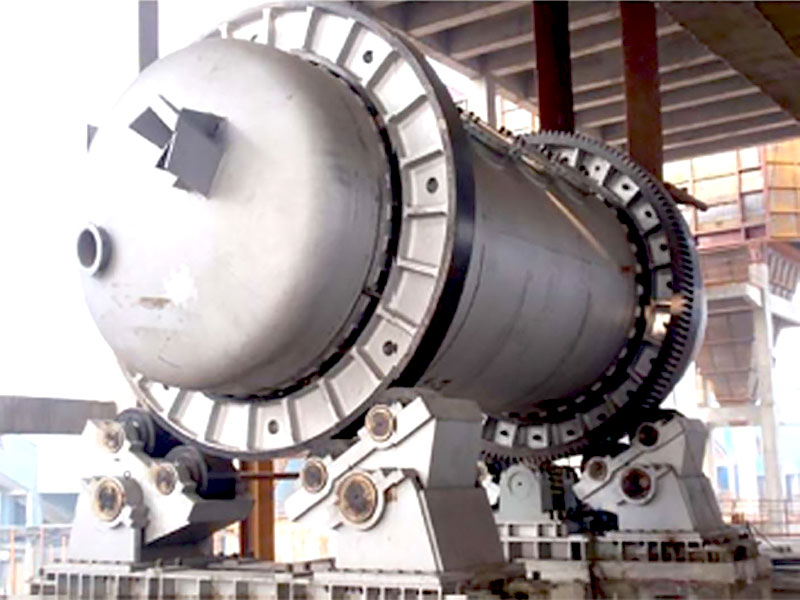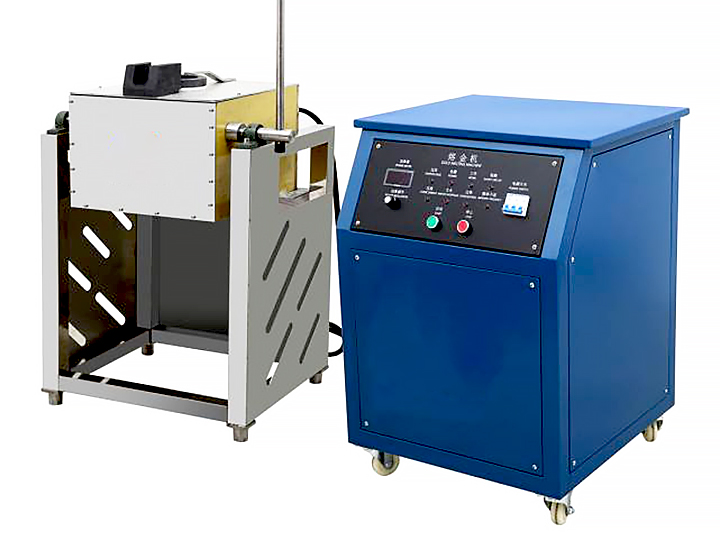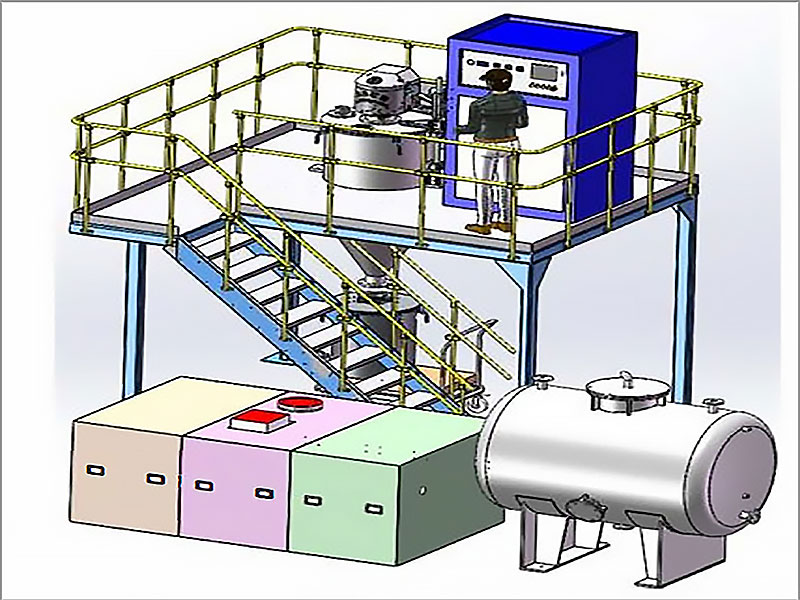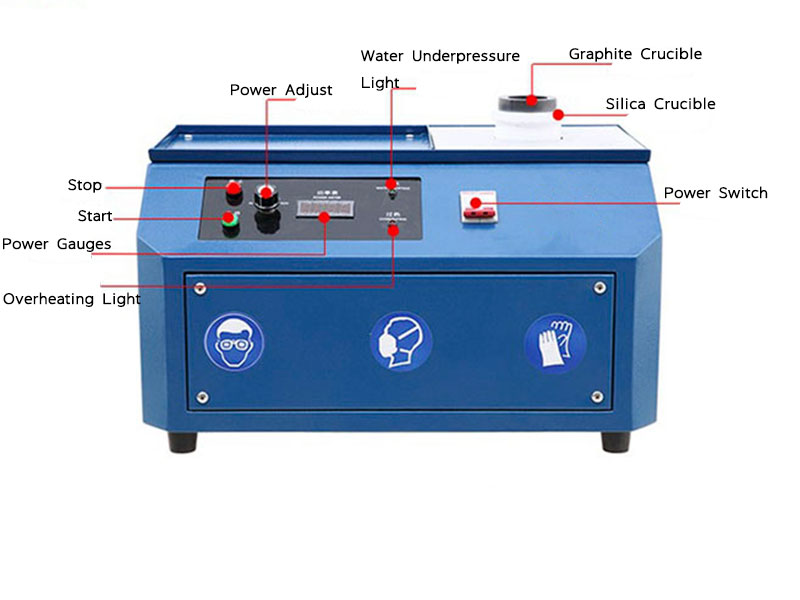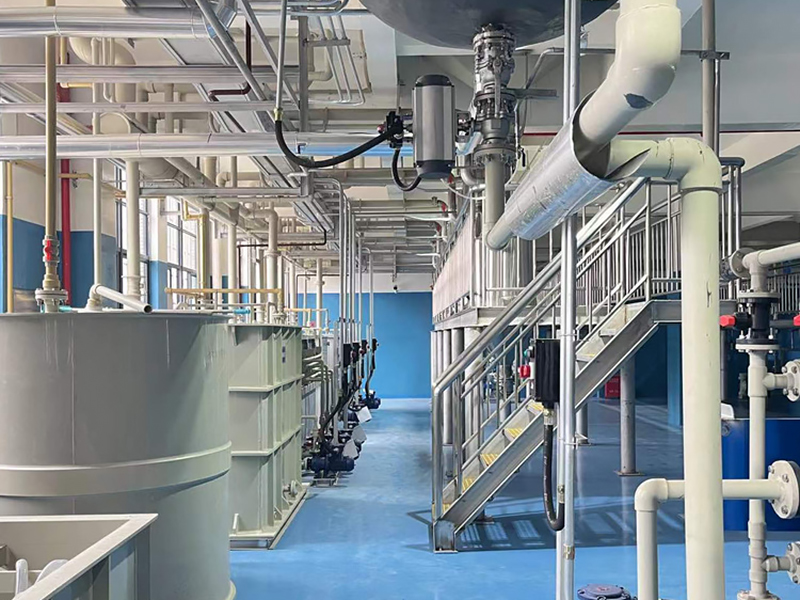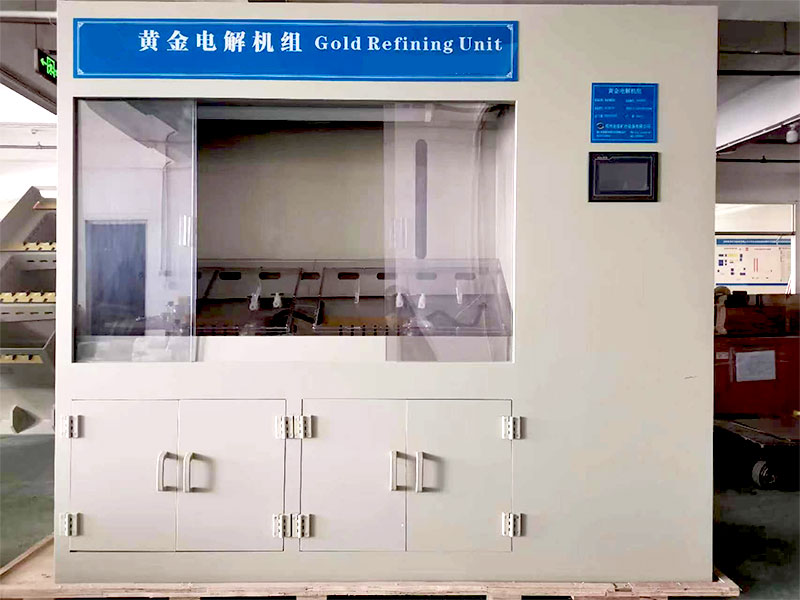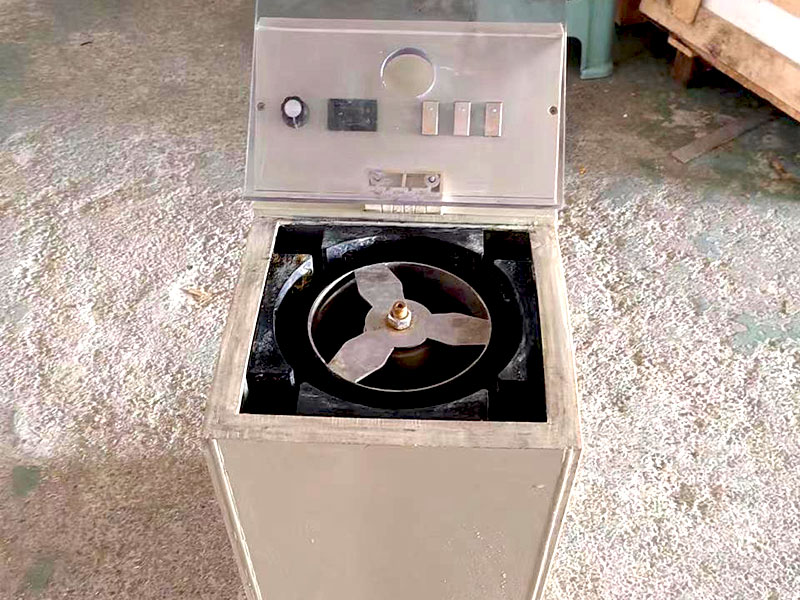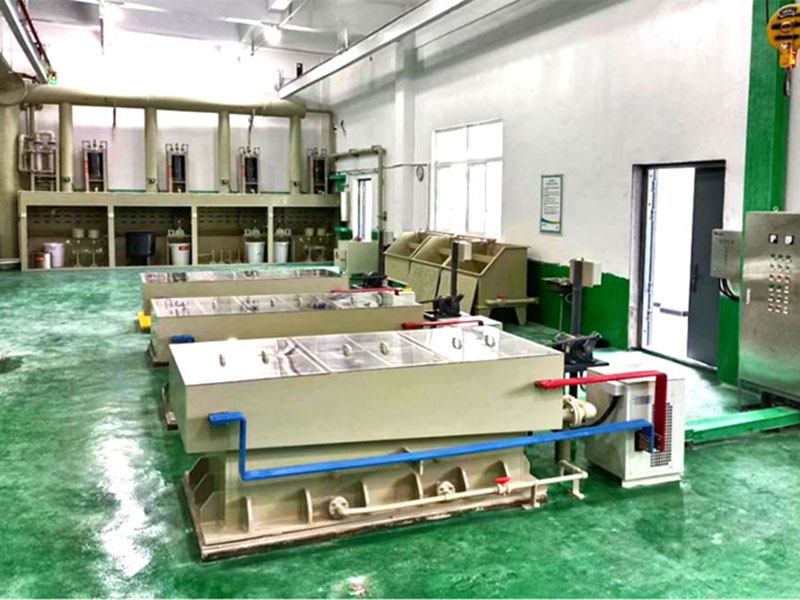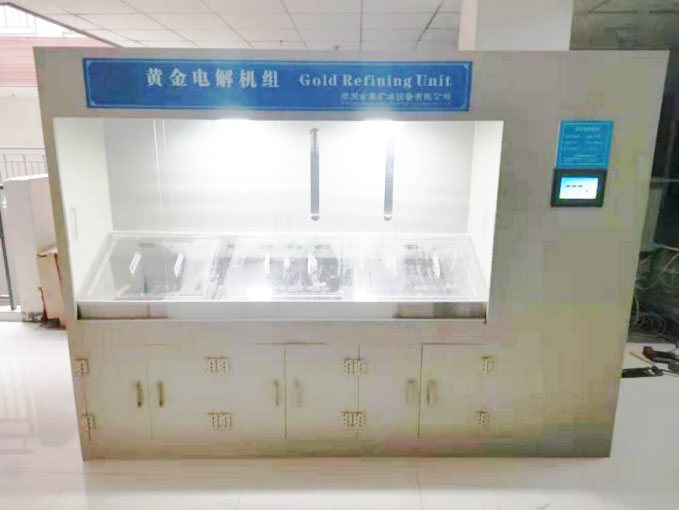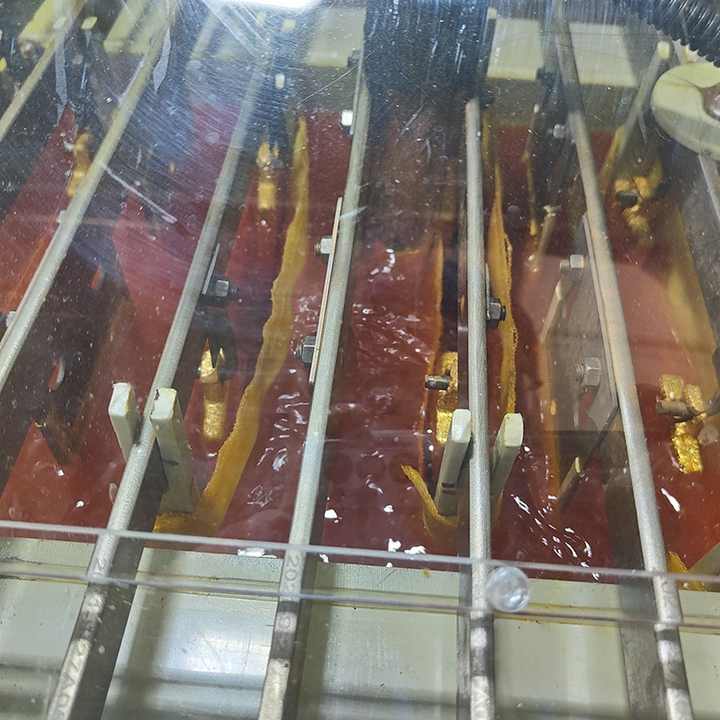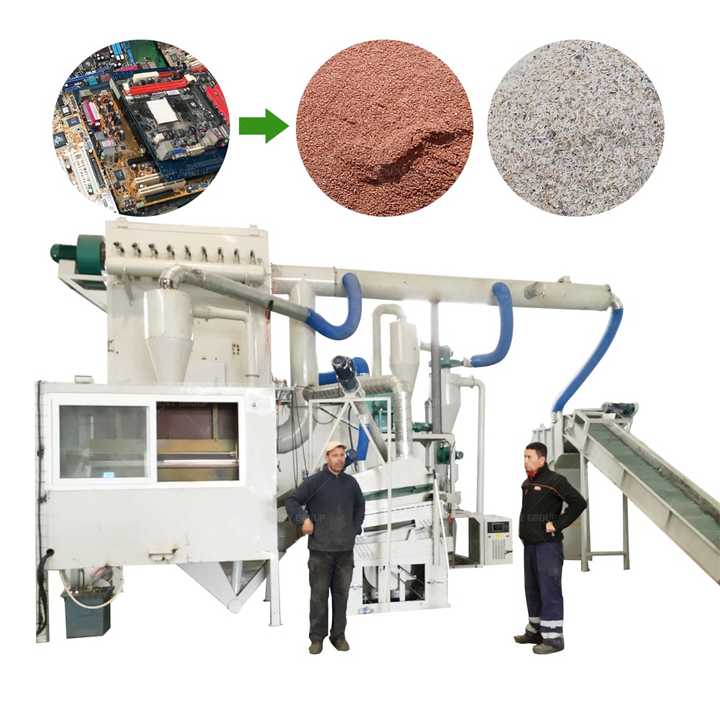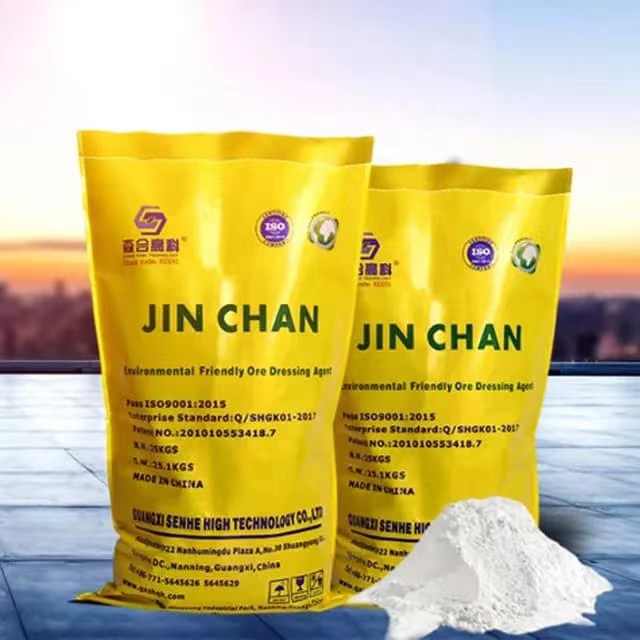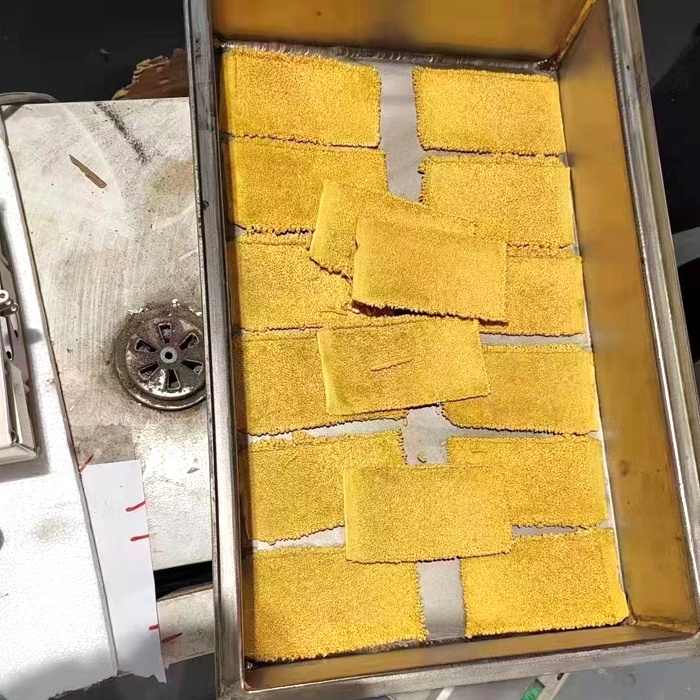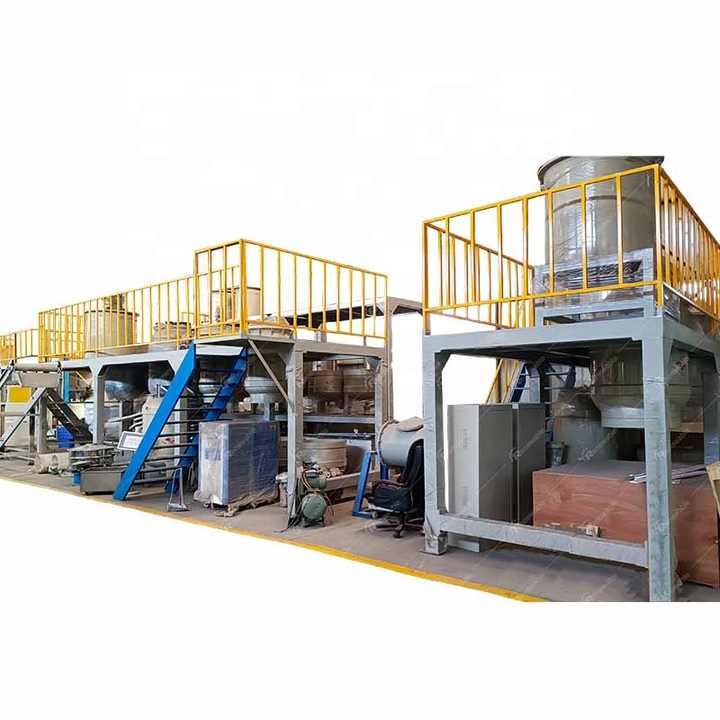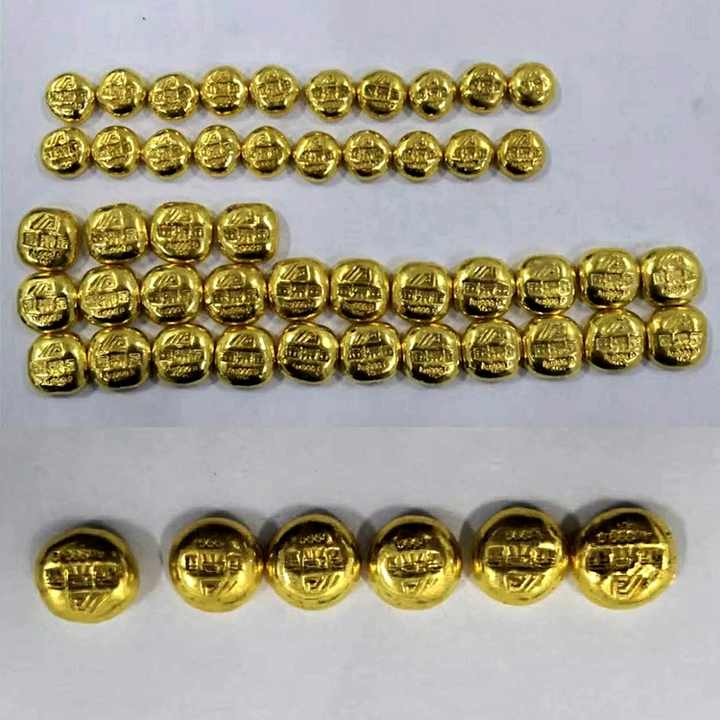muriatic acid gold refining
Muriatic Acid Gold Refining A Comprehensive Guide
Muriatic acid, commonly known as hydrochloric acid, is an essential chemical in the gold refining process. Its ability to dissolve metals makes it a valuable tool for purifying gold from ores and scrap materials. This article delves into the use of muriatic acid in gold refining, detailing the process, safety precautions, and its effectiveness.
Understanding Muriatic Acid
Muriatic acid is a diluted form of hydrochloric acid, typically with a concentration of 28-30%. It is a strong acid that can dissolve a variety of metals and compounds, making it useful in various industrial applications, including gold refining. When used in combination with other chemicals, such as nitric acid, it can efficiently extract gold from impure sources.
The Role of Muriatic Acid in Gold Refining
Muriatic acid is often employed in the chemical refining process, particularly in a method known as aqua regia. This process involves the following steps:
Dissolving Impurities
In gold refining, the initial step is to dissolve the impure gold using a combination of muriatic acid and nitric acid. Aqua regia, a mixture of three parts muriatic acid and one part nitric acid, is effective in breaking down metals and separating gold from other impurities.
- Preparation: The impure gold is placed in a glass or plastic container that can withstand strong acids.
- Adding Aqua Regia: The aqua regia solution is carefully added to the container, where it will react with the impure gold, dissolving it and leaving behind other unwanted metals.
Precipitating Gold
Once the gold is dissolved, the next step is to precipitate it back out of the solution:
- Adding a Reducing Agent: After dissolving, a reducing agent, such as sodium metabisulfite, is introduced to the solution. This agent causes the gold ions to revert to solid gold particles.
- Filtering the Gold: The resulting precipitate is then filtered out, washed, and dried. This process yields pure gold, typically in powder or granule form.
Safety Precautions
Working with muriatic acid poses significant risks, so safety precautions are paramount:
- Personal Protective Equipment (PPE): Always wear appropriate PPE, including gloves, goggles, and masks, to protect against splashes and fumes.
- Ventilation: Conduct the refining process in a well-ventilated area or use a fume hood to avoid inhaling harmful vapors.
- Proper Storage: Muriatic acid should be stored in a cool, dry place, away from incompatible substances, such as bases and organic materials.
Effectiveness of Muriatic Acid in Gold Refining
Muriatic acid, when used in combination with nitric acid, is highly effective in the gold refining process. Its ability to dissolve metals enables refiners to extract gold from various sources, including:
- Scrap Jewelry: Old or damaged jewelry can be processed to reclaim gold content.
- Gold Ore: Muriatic acid can also be used in the initial stages of processing gold ores to separate gold from other minerals.
Muriatic acid plays a crucial role in gold refining, particularly in the dissolution and purification processes. Its effectiveness, combined with proper safety measures, makes it a popular choice among jewelers and refiners. By understanding how to use muriatic acid responsibly, refiners can efficiently extract gold and maximize its value. Whether working with scrap gold or ores, this powerful acid remains an indispensable tool in the gold refining industry.

